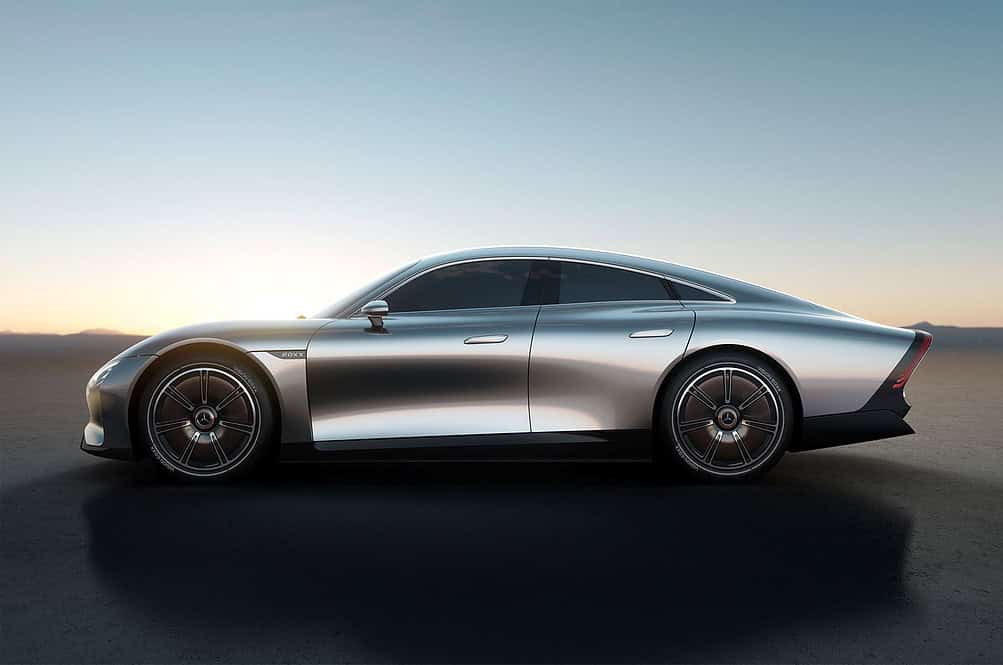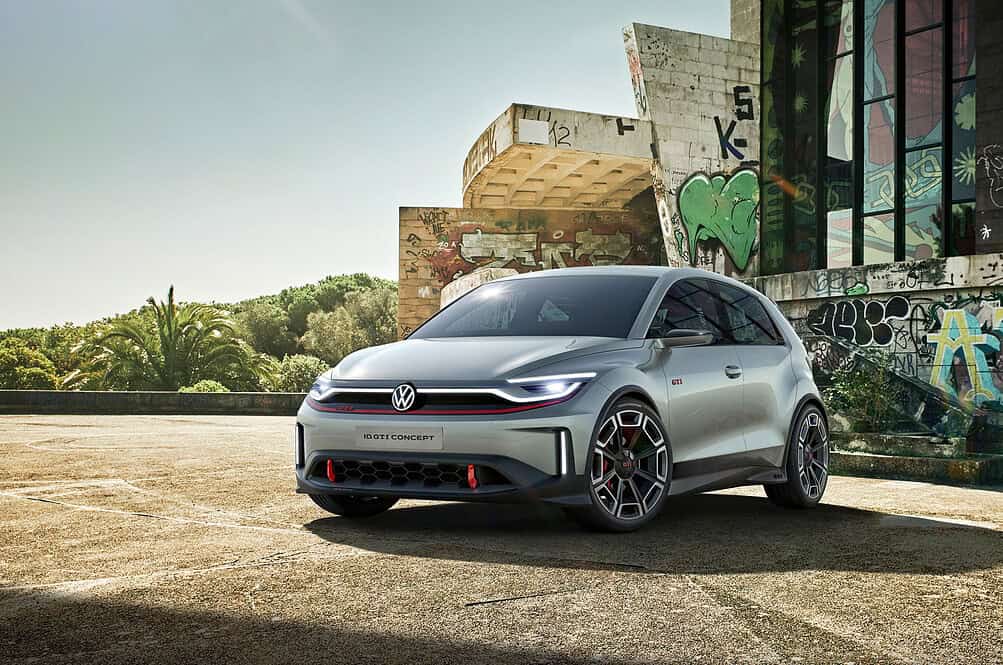
I know, I know. It’s becoming pathological. The columns about Germany and its economic development, as well as the car industry’s “successes,” are not very uplifting.
In fact, the entire country seems paralyzed. After the once successful nation’s embarrassing performance at the Olympic Games in Paris, its sporting aura has all but disappeared, which is taking its toll on self-confidence.
China speed
In his latest interview, German car expert Ferdinand Dudenhöffer once again referred to the impending decline of the car industry. This would be further accelerated by planning uncertainties in particular. One of the triggers is the renewed discussion about the revision of the EU ban on combustion engines in 2035.
And for some time now, pessimistic industry insiders have even believed that the large Wolfsburg-based VW Group will continue to lose ground and could split into a Chinese and European sub-brand in the future. Which brings us to today’s topic.
The Chinese OEMs are working fast.
It is an open secret that Chinese car companies work quickly in electromobility. The average time between the launch of a new model and the first series model has generally shrunk to less than a year. A dynamic t, a dynamic that is completely unknown in Germany andtive countries.

When German OEMs present a “car study”, two things are already certain: the vehicle will never come like this (Mercedes is an example) and if it does, it will be many years from now and completely different – usually more boring. This is exactly what happened with the presentation of the new electric Golf GTI, which is due to come onto the market in 2029 (!). And Handelsblatt reported last Monday that the VW Trinity EV project, a low-cost electric car with a long-range, has been postponed from 2026 to the end of 2032 (!).

Technological development
While the VW Group continues to work with the now very old MEB architecture, and above all had “digital” difficulties in launching the new PPE architecture for larger and more powerful electric cars, Chinese companies are continuously developing their electric vehicles. Just as they have “learned” from Tesla.
Being better
The premise is that they want to be better than the competition, which they initially copied out of admiration.
Lightning-fast iterations
Chinese OEMs develop their vehicles at lightning speed. Take BYD, for example: the competitor to the Tesla Model 3 had fallen behind mainly due to its poor charging performance. Without further ado, the e-platform 3.0 with 400-volt technology was converted to the “evo” version, which now works on an 800-volt basis. The result: the charging performance of 10-80% has now improved from 38 to just 25 minutes, and that with LFP batteries.
Autonomous capabilities
Autonomous capabilities are also being continuously improved. While LiDAR is only available at extra cost in Europe, if at all, almost all new upper mid-range models in China can be equipped with the technology as an option. Not to mention high-performance computers in the car. This guarantees SAE Level 2+ and more in the future.
Constantly new models
The Chinese model offensive is also accelerating. Although this does not always run smoothly, as some Chinese start-ups quickly go bankrupt, such as the recent “premium manufacturer” HiPhi, the error culture generally works.
It works according to the principle of trial and error and avoids any of the “weaknesses” that “characterize” Western managers in particular. In China, the doers are in charge, not the doubters.
New technologies
New technologies are welcomed with open arms, and the creative side of car manufacturing is celebrated with design studios in the world’s major cities, not least in Munich. Which is why Chinese cars sometimes actually look better in terms of design than the models from Stuttgart, Munich or Wolfsburg.
Why is that? It is a self-confidence that constantly inspires itself. Chinese OEMs want to catch up with the West as quickly as possible. And they seem to be succeeding in doing so in the field of electromobility.
They are also breaking new ground in design. They are trying to bring excitement back into the design language of cars. There is hardly any other explanation for car designs such as the MG Cyberster or Zeekr 001.
What could get the Germans back on track? As has often been mentioned, only a rethink on a broad front. The Germans themselves have become too lazy. Not only managers and engineers, but also the population, who literally let themselves be “taken off the bread”.
It’s time to get back up to speed in Germany. At the moment, every snail is faster.

